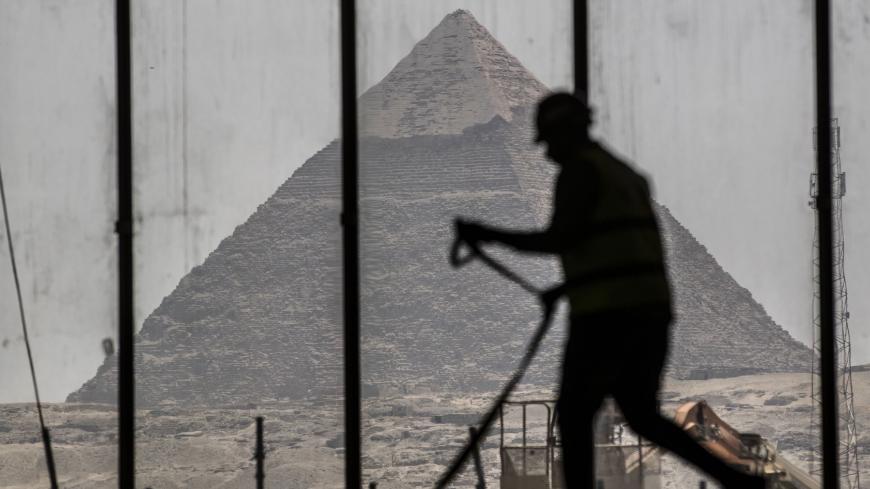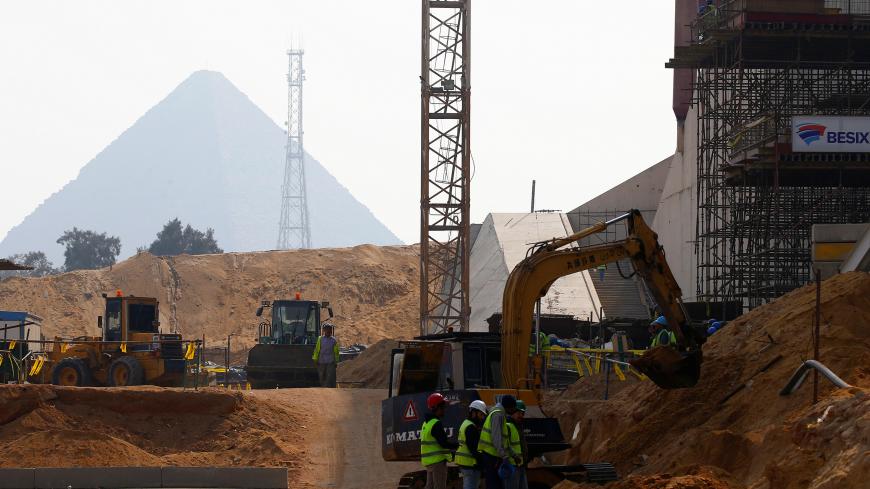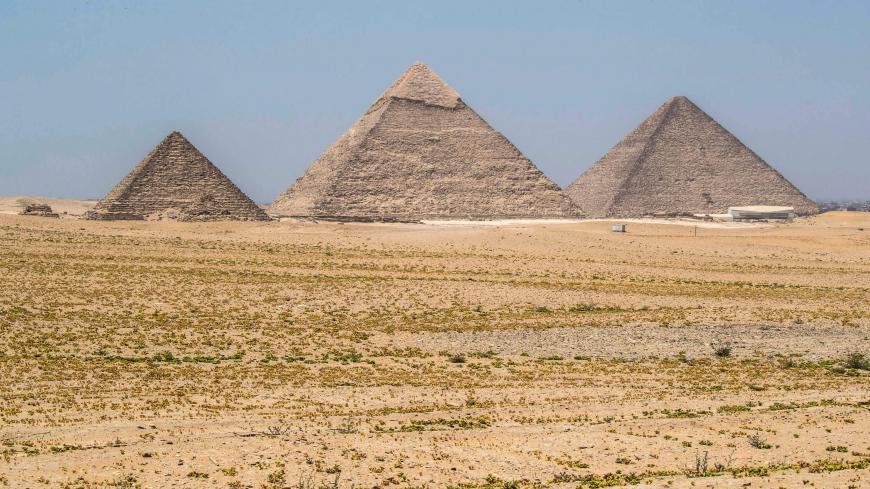How Nile branch helped ancient Egyptians build Giza pyramids
A group of scientists has reconstructed 8,000 years of the history of the river in the Giza floodplain to better understand how it was used to erect the iconic Pharaonic structures.

The pyramids of Giza, erected some 4,500 years ago, represent one of the greatest feats in the history of engineering, and their construction has long raised a mix of interest, fascination and disbelief. Today, it is widely accepted that ancient Egyptians exploited an ancient branch of the Nile that flowed near the Giza plateau to transport the materials they needed to build the three structures. But the evolution of that landscape that facilitated the construction of one of the wonders of the ancient world has largely remained a mystery.
To help fill this gap, a group of scientists has reconstructed, based on new sediment analysis from the site, 8,000 years of fluvial history of the Nile. They have been able to show that the river’s now-vanished branch, which they named after Pharaoh Khufu, and its water levels at the time the pyramids were built were key to their construction.
Subscribe for unlimited access
All news, events, memos, reports, and analysis, and access all 10 of our newsletters. Learn more
Continue reading this article for free
Access 1 free article per month when you sign up. Learn more.
By signing up, you agree to Al-Monitor’s Terms and Conditions and Privacy Policy. Already have an account? Log in











